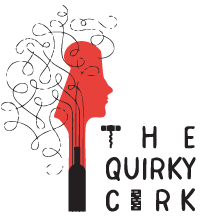Yedi Bilgeler Anaxagoras Chardonnays
Nearby the famous ruins of Greco-Roman city Ephesus sits the southern Aegean winery Yedi Bilgeler. It was almost fated that owner Bilge Yamen, who hails from the northeastern city Kars, should establish his winery mere kilometers from this ancient city. Kars and Selçuk, where Ephesus can be found today, are separated by more than just distance (1,689 kilometers to be exact). Kars is located in the very northeastern corner of Turkey’s Anatolia very near the border with Armenia. Kars has a humid continental climate with significant differences between summer and winter temperatures. High elevation, long, cold winters buried under snow, and brief mild summers are not conducive to grape
Read More













